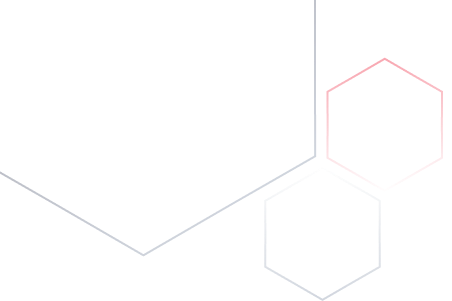Galvanising Reactive Steel
Galvanising provides a metallurgical coating, which means the reactivity of the base steel will affect the coating structure and appearance. While most steels are suitable for galvanising and produce a shiny, silver coating, high reactive steels produce a coating that’s typically two to ten times thicker and composed primarily of zinc-iron alloy. Appearance and adherence to steel are also affected.
Steels containing the following percentage of elements are considered reactive steels:
- Carbon > 0.25%
- Phosphorus > 0.05%
- Manganese > 1.35%
- Silicon > 0.05%
Corrosion Protection
Because corrosion protection and service life is affected by thickness, a coating that’s several times thicker will last several times longer. That said, the thicker coating may result in a brittle finish and is more likely to get damaged during regular handling.
Aesthetics
Visually, galvanised reactive steel may have a splotchy, matte grey colour, due to the absence of the top free zinc layer. Once exposed to the environment, the alloy areas may darken significantly compared to the areas with the pure zinc topcoat, leaving a potentially inconsistent aesthetic. Upon further exposure, the alloy coatings may prematurely develop a reddish brown discoloration. This staining is caused by the corrosion of the iron in the galvanised coating. However, this isn’t a failure of the coating itself.
Steel Selection
The galvaniser should always be advised of the grade of steel selected, in order to determine whether or not special galvanising techniques will be required. A sample of the steel can be tested to determine its suitability for galvanising, if desired.
A numerical value called Silicon Equivalent (S.E.) is used to measure the reactivity of steel and is calculated as follows:
SE = %Si + 2.5 * %P for P < 0.04% SE = %Si + (5 to 10) * %P for P > 0.05%
(Where Si = silicon and P = phosphorus)
| % SE RANGE | DESCRIPTION | APPEARANCE | COATING THICKNESS |
| 0 – 0.05% | Preferred range for galvanising | starting gloss | Normal |
| 0.06% – 0.20% | Can be controlled on a limited basis | May have a dull grey coating | 1 to 3 times normal thickness |
| 0.21% and above | Considered high silicon steel. Should be avoided if possible | Very heavy, thick, brittle, dull grey coating | 3 to 10 times normal thickness |
The galvaniser has little control over the effects of highly reactive steels. It’s therefore the responsibility of the designer, fabricator or end-user to weigh the advantages/disadvantages of using reactive steels and to determine whether the steel should be galvanised, top coated or substituted with a less reactive steel.
Contact our team
At Sperrin Galvanisers, our highest priority is providing you unmatched service and support. Please contact our team, and we’ll be in touch as soon as possible.

Jim McErlean



